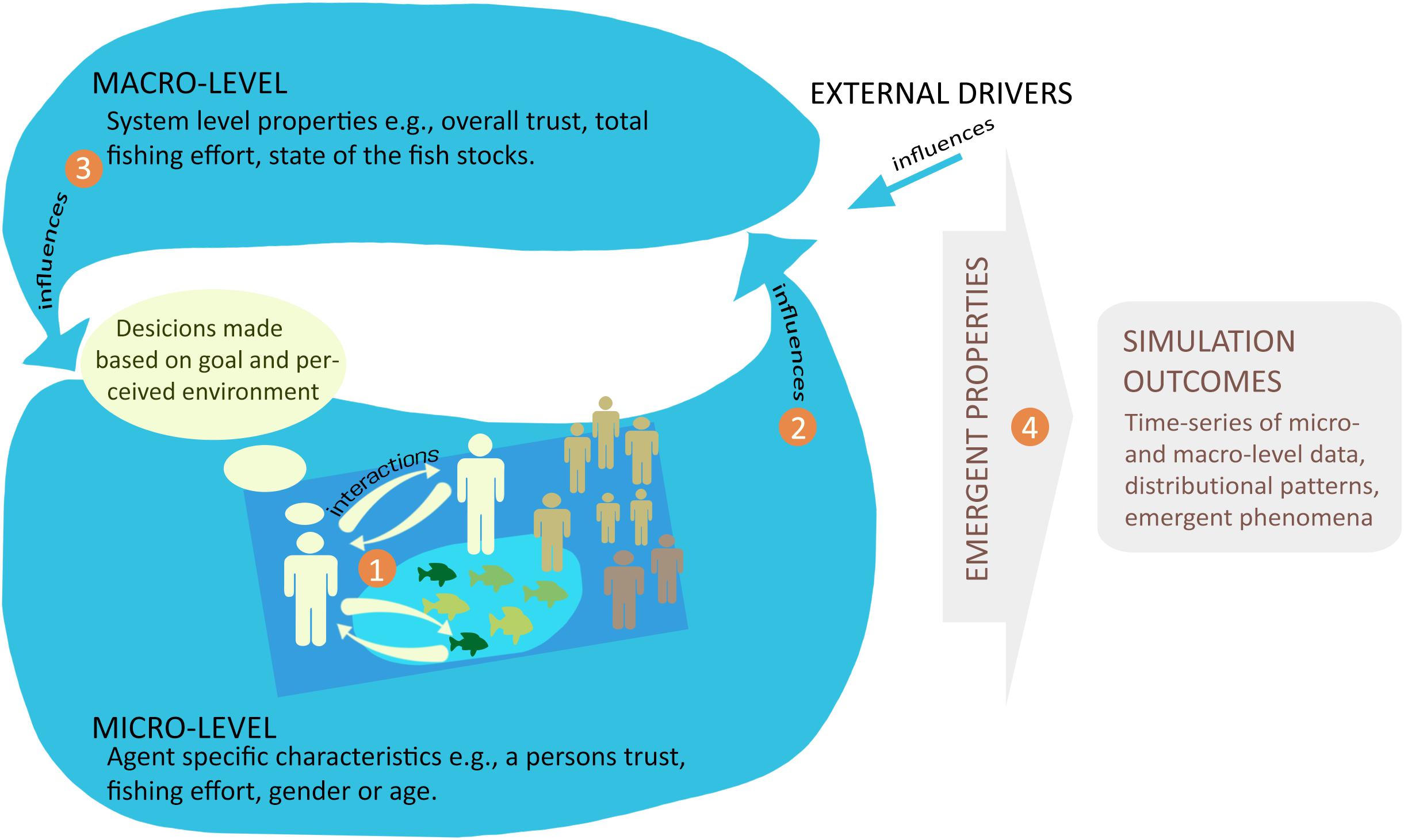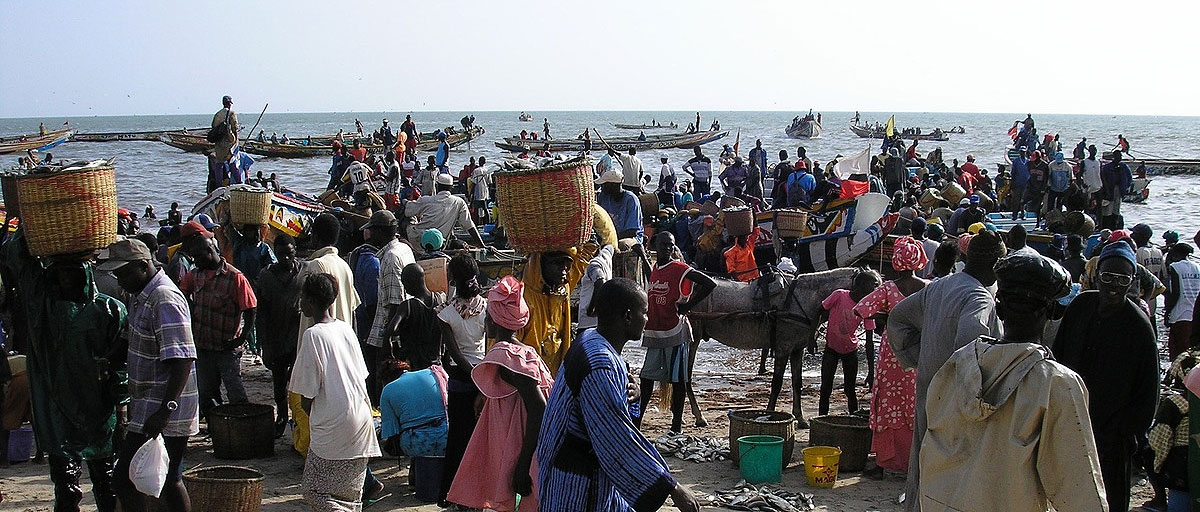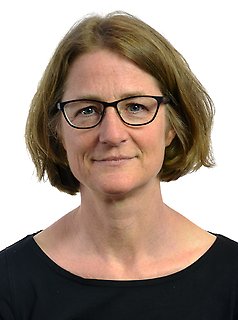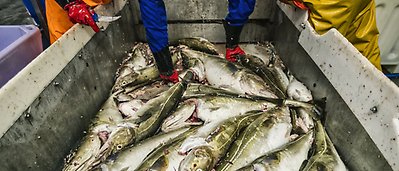Bildtext får vara max två rader text. Hela texten ska högerjusteras om den bara ska innehålla fotobyline! Photo: B. Christensen/Azote
MODELLING
How agent-based modelling can improve management of small-scale fisheries
- Complex networks makes it hard to develop easily applicable policies on sustainability
- An agent-based modelling is a way to analyze the effects a wide variety of actors has on a whole system
- It can contribute to solve three pressing challenges rooted in the issues of complexity and data scarcity
Computational approach can reveal intricate interactions among stakeholders and help prevent unintended policy outcomes
Small-scale fisheries consist of an intricate network of individuals, institutions and communities. They are also part of a wider web of international trade, tourism and technological change.
This complexity makes it hard to develop easily applicable policies on sustainability.
In a study published in Frontiers in Marine Science, centre researchers Emilie Lindkvist, Nanda Wijermans, Tim Daw, Blanca Gonzalez-Mon and Maja Schlüter argue that a computational approach called agent-based modelling (ABM) may help tackle the complex governance and management challenges that frequently arise in small-scale fisheries.
An agent-based model is a computational way to analyze the effects a wide variety of actors has on a whole system.
Together with colleagues from the US, UK and Australia, the authors argue that the key to untangling this complexity lies in understanding the butterfly effects that occur when for instance decisions made by individual fishers influence a much wider community or market.
Understanding this can lead to more realistic policies, better adapted to the local social and ecological context.
ABM is a promising approach that can help analyze and understand better the dynamics of small-scale fisheries, particularly when studied in a bigger perspective where several other stakeholders are involved.
Emilie Lindkvist, lead author
A tool to solve three pressing challenges
Lindkvist and her colleagues believe an agent-based model can offer a clearer way to visualize the actions and interactions between the fishers and their surroundings.
It helps simulate how patterns and relationships emerge because of these interactions.
The authors argue that ABM, with its ability to combine both qualitative and quantitative data while also considering the interactions with a variety of other stakeholder groups, can contribute to solve three pressing challenges rooted in the issues of complexity and data scarcity:
- Improve the way collective action and heterogeneity in human behavior are incorporated in research and management
- Develop policies that are sensitive to local contexts while accounting for regional and global dynamics
- Deal with data paucity and uncertainty

Conceptual description of an ABM. In a co-evolving process, actions at the micro-level change the aggregated variables at the macro-level, which in turn influences actions and interactions at the micro-level. This co-evolutionary process continues until the end of the simulation. Click on illustration to access scientific study.
Doing small-scale fisheries justice
Agent-based modeling has been criticized for being resource intensive and time-consuming but the authors believe this can be mitigated through better documentation, increased availability of comprehensive libraries and reusable models.
Further testing and improved support in understanding results can also help making the tool available to a broader user community.
“It is the only modeling approach that can represent entities with different characteristics, actions, and interactions, and thus doing justice to the complex nature of small-scale fisheries,” says Lindkvist.
If these different characteristics, actions and interactions are ignored, she warns, it can lead to unintended policy outcomes and less sustainable management.
Methodology
The authors review the literature on the application of ABM in published small-scale fisheries models, using a keyword search of Web of Science and snowballing. Twelve relevant publications were found based on the criteria that the model should include both social and ecological components, and be linked to governance, management, or policy issues.
The published models identified a number of different phenomena, and all modeled a single fishery or fishing community, with the exception of one paper. Based on this literature review, the authors discuss the untapped potential of ABM to tackle governance and management challenges in small-scale fisheries, and outline some limitations.
How does ABM actually work? An agent-based model is made of three main elements: Agents of different types e.g., “social” agents such as a fisher, trader, household, or “ecological” agents such as a species or population of species, and heterogeneity within types e.g., gender, social class, skills, size classes of fish, or preferences. Environment: a spatially and/or socially structured e.g., situated in a land- or seascape, or in a social network. Dynamics and Interactions: simulations are time-dynamic and system-level patterns and phenomenon emerge from agents’ behaviors and interactions can be analyzed.
Lindkvist, E., Wijermans, N., Daw, T.M., Gonzalez-Mon, B., et.al. 2020. Navigating Complexities: Agent-Based Modeling to Support Research, Governance, and Management in Small-Scale Fisheries. Front. Mar. Sci., 17 January 2020, https://doi.org/10.3389/fmars.2019.00733

Emilie Lindkvist’s research interests are focused on using novel simulation models to understand diverse aspects of sustainability in social-ecological systems

Tim Daw studies the interaction between ecological and social aspects of coastal systems and how these contribute to human wellbeing and development.










